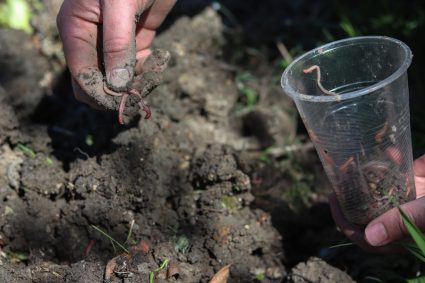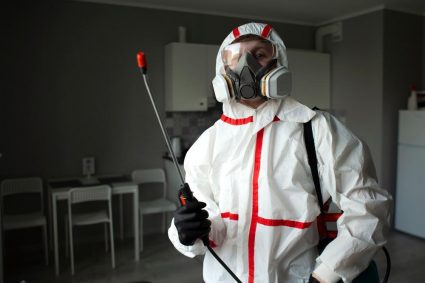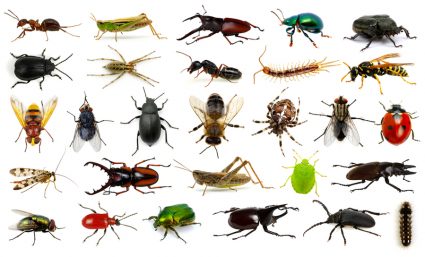
Like humans, insects have favorite colors and ones they can’t stand. If you are uncomfortable with them around your house, you can use lightbulbs against them.
But what color light bulb exactly repels bugs? We will discuss that in detail in this guide.
Lightbulbs do not effectively repel ants because these insects depend on them for guidance and warmth. According to research, ants are most sensitive/attracted to blue lights and least sensitive/attracted to yellow lights.
Green has a medial effect on the photoreceptor of these insects.
While color lightbulbs are generally not effective in deterring ants, yellow lightbulbs may be less attractive to them.
However, there are many ways to navigate this and manage your ant infestation problem. Some of these alternative strategies include:
- Using dimmer lights.
- Application of natural ant repellants like peppermint.
- Boarding up all possible entry points.
This is a very brief summary. Stealthily read through the guide to get the full gist!
In the following sections, we will identify colors that repel ants and those that do not. Afterward, we will discuss alternative ant-deterring strategies you can deploy to keep them at bay. Finally, we will answer other common questions about the relationship between ants and lights and their infestation in houses.
What Color Lightbulb Repels Ants?
Generally, most insects are repelled by the sight of certain lightbulb hues like blue, yellow, and green. However, ants are an exception, as the opposite is the case with these tiny creatures.
Rather than flee from lights, different ant species, including the crawling and flying variety, are attracted to lights. According to research, ants are most sensitive to blue lights and least sensitive to yellow lights. Green has a medial effect on the photoreceptor of these insects.
While color lightbulbs are generally not effective in deterring ants, yellow lightbulbs may be less attractive to them.
Why Are Ants Not Repelled by Lightbulbs?

Many ant species, like carpenter ants, are blind. As such, we cannot say that they are attracted to lights.
However, other ant species, like flying ants, are drawn to lights for many reasons, including heat and navigation. Lightbulbs resemble sunlight, which flying ants use to find their way home safely.
That is why it is not surprising to see flying ants hovering around streetlights, porch lights, and other light sources. Turning off lights does nothing to them. Instead, it sends them toward another light source.
Ants are attracted to lights for two main reasons – illumination and heat. They are cold-blooded animals that will find warmth anywhere, including from LED bulbs that are typically cold.
Brighter light sources and lightbulbs attract ants the most due to their unique vision. As a result, they are less drawn to lower light hues.
Flying ants use lights to navigate and identify their surroundings. The light source helps to point them in specific directions.
For example, if the ant colony is flying south, they use the lights as a compass to lead them there. Although they prefer the sun or moon for this purpose, any light will do.
However, if the light source is too close, it may pose a problem. For example, porch lights are far closer than the sun rays that ants are used to.
As such, these ants can get confused when they bump into these lower-positioned lights. That is why you may notice insects flying around your lightbulbs. The reason is that they can’t find their way to continue their journey.
Another reason why flying ants are drawn to lights is because of the safety it offers. When confused, flying insects tend to find refuge in the lights. A possible reason is that lights are typically positioned far from the ground where they fled from.
6 Alternative Ways To Repel Ants
You should have understood the complex relationship between ants and lights by now. While lights are not that effective in repelling ants, there are other alternative strategies to keep these insects at bay.
Below, let us consider some of these ways:
1. Opt for Dimmer Lights
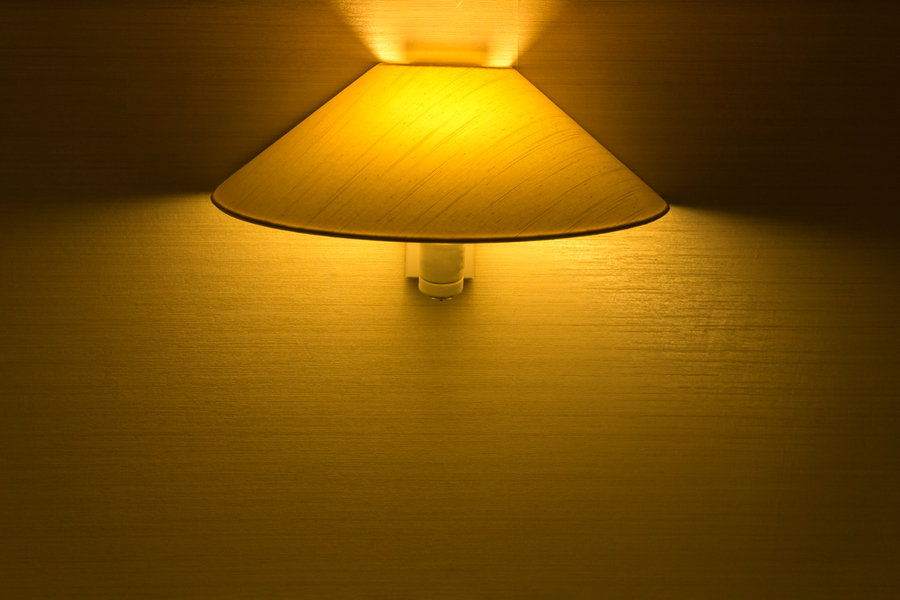
Flying insects, like other insects, are drawn to lights, but these species prefer bright lights. So, you can flip the script on them by replacing your brightly-colored bulbs with dimmer options.
Turn off the lights in areas where these flying ants hover, like in the kitchen or backyard. This will force them to relocate to another position.
Alternatively, leave only dim bulbs on once it is dusk. Flying ants and other insects tend to come out of hiding at night because the environment becomes too dark for them to see.
If the light around your home is too dim for them to hover around, they will leave for a more suitable environment.
2. Board Up All Entry Points
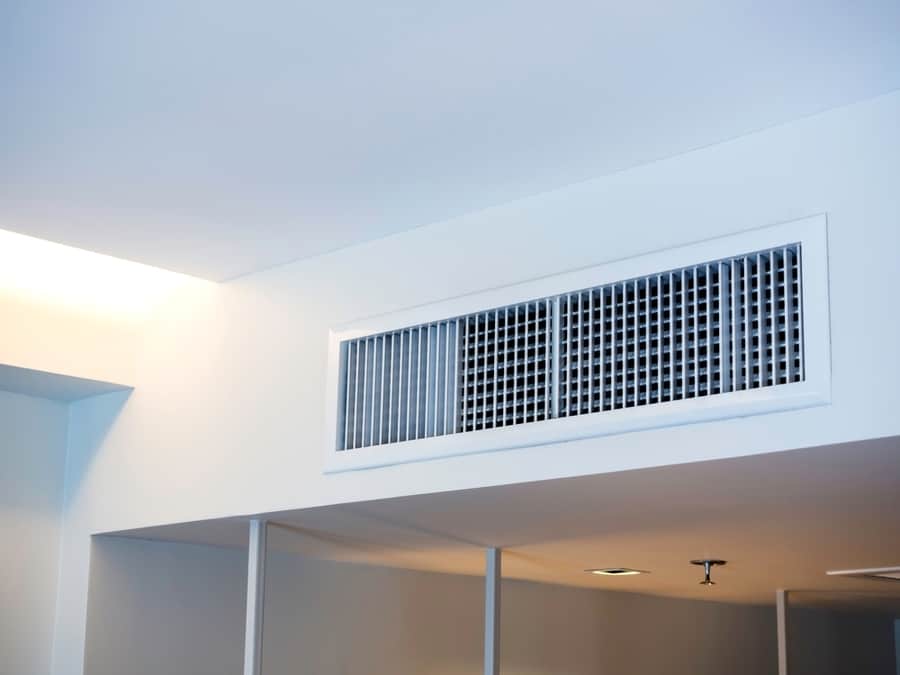
Flying ants and other insects can enter your house through any open space in doors or windows. Sometimes these holes or cracks are so small that you may not have noticed them.
If you have an ant infestation problem, we recommend you conduct a thorough inspection of your house. Check for tiny holes that insects can fit through and board them up with adhesives or other sealants that are readily available.
3. Plant Some Mint Around Your House

Mint plants, especially peppermint, are natural pest repellants. They can give your house a sweet-smelling fragrance and keep crawling and flying ants at bay.
Simply plant a garden of your favorite mint species around your house, especially by windows. You can also soak some cotton balls in peppermint oil and wipe down surfaces where you’ve seen ants.
Alternatively, keep these soaked balls of peppermint oil in cabinets and other places where you notice the ant infestation.
4. Use Hot Peppers To Send Ants Scrambling
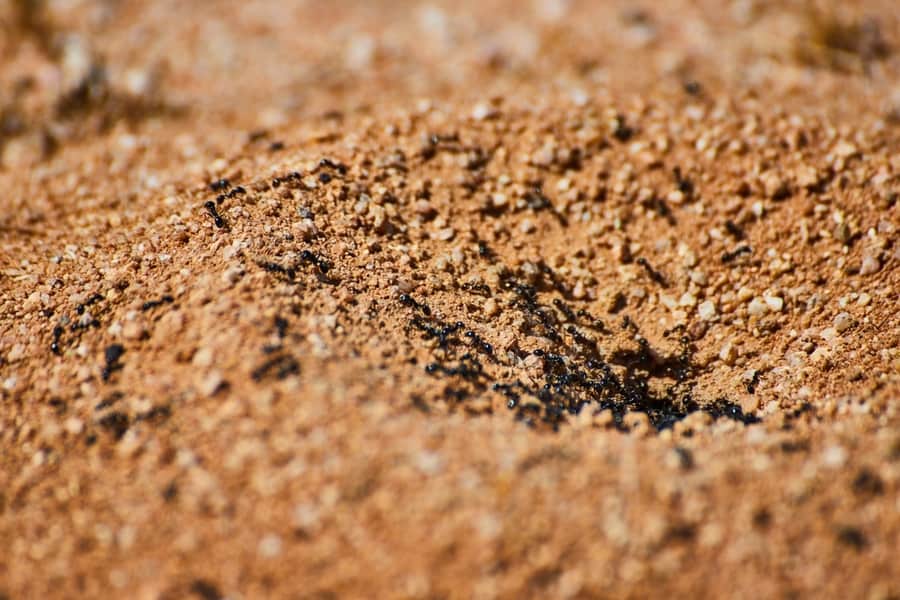
Most pests hate the vapor and scent of hot peppers like cayenne and black peppers. Ants are no exception to this. Once you notice an infestation, try to locate the source. Then, sprinkle some ground pepper in the area.
Alternatively, make a pepper and water solution and spray the mix on the affected areas. Although the pepper will not kill the ants, it will prevent them from gathering in that area.
5. Sprinkle Some Ground Cinnamon on Ant Pathways
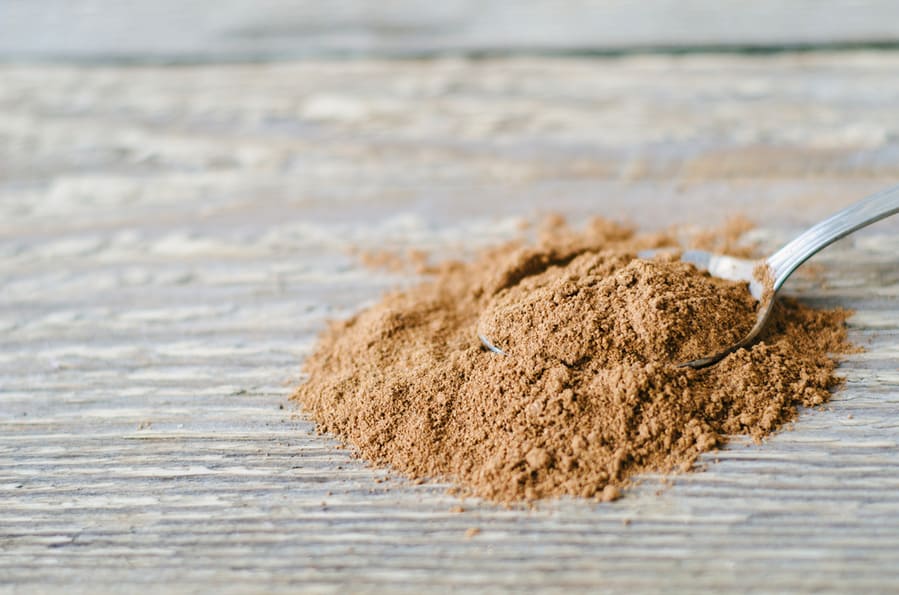
Cinnamon is another food spice that doubles as an ant repellant. When these crawling insects inhale the cinnamon powder, it restricts their airways and induces suffocation and possibly death.
Sprinkle some on ant paths and areas where you noticed an infestation. Or, get some cinnamon oil and mix it with water. Then, spray the mixture on the ant pathways and other surfaces like doors that ants crawl on.
6. Apply Some Diatomaceous Earth

Diatomaceous Earth (DE) has sharp bits that can slice through an ant’s body, causing it to shrink and die. Sprinkle some around problem areas like cracks and openings where you’ve seen ants emerge.
This method requires constant reapplication, at least once daily, to be effective. Continue until all ants are successfully eliminated.
Conclusion
Lightbulbs do not effectively repel ants because these insects depend on them for guidance and warmth. However, there are many ways to navigate this and manage your ant infestation problem.
We highlighted some of these procedures, like using dimmer light and natural ant repellants. Other strategies include boarding up all potential entry points, sprinkling ground cinnamon and hot peppers on ant pathways, applying diatomaceous earth (DE), etc.
These remedies should help with the issue. However, don’t hesitate to call professional exterminators if the infestation becomes unmanageable.
Frequently Asked Questions
Are Ants Drawn to Water?
Ants, like other animals, need water to survive. However, they don’t need it in large quantities since they already get water from their food. Although they generally do not enter houses in search of water, they may do so in extremely hot weather.
Why Do Ants Like Sugar?
Sugar contains carbohydrates, protein, and other nutrients that make up an ant’s regular diet. Thus, ants are drawn to foods and beverages with high sugar content.


